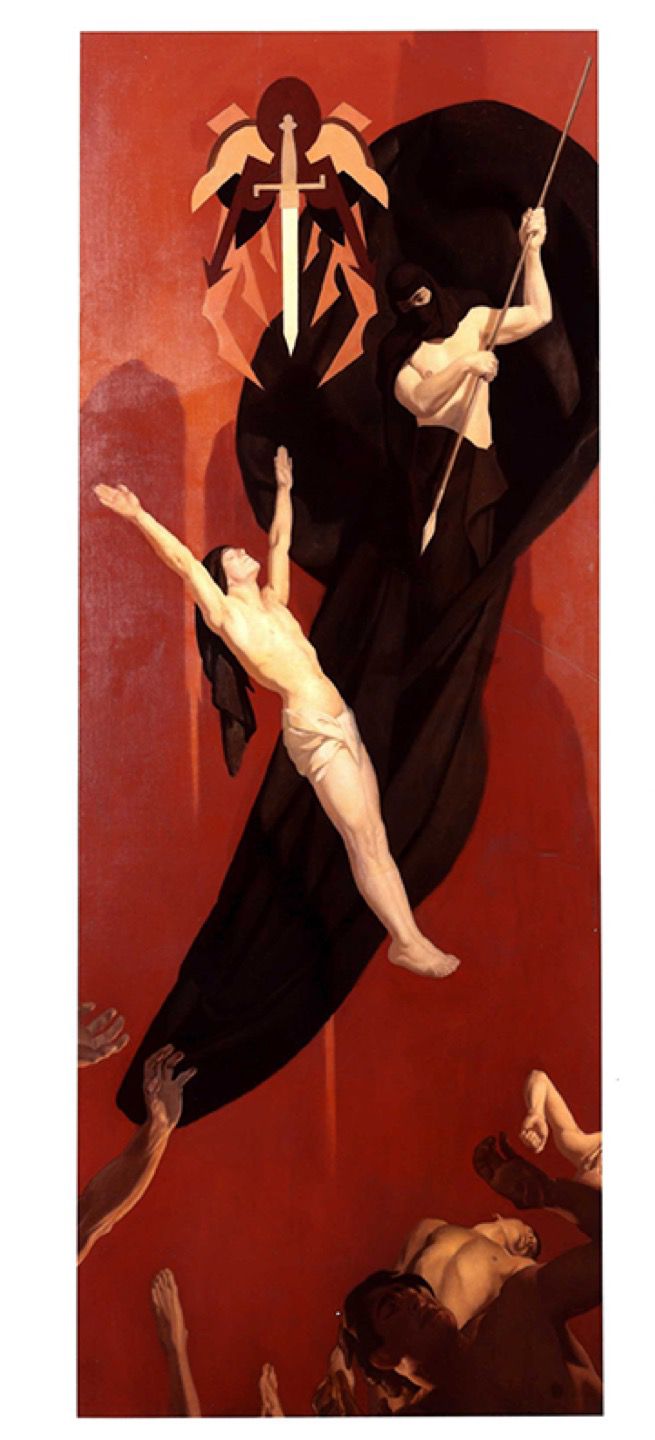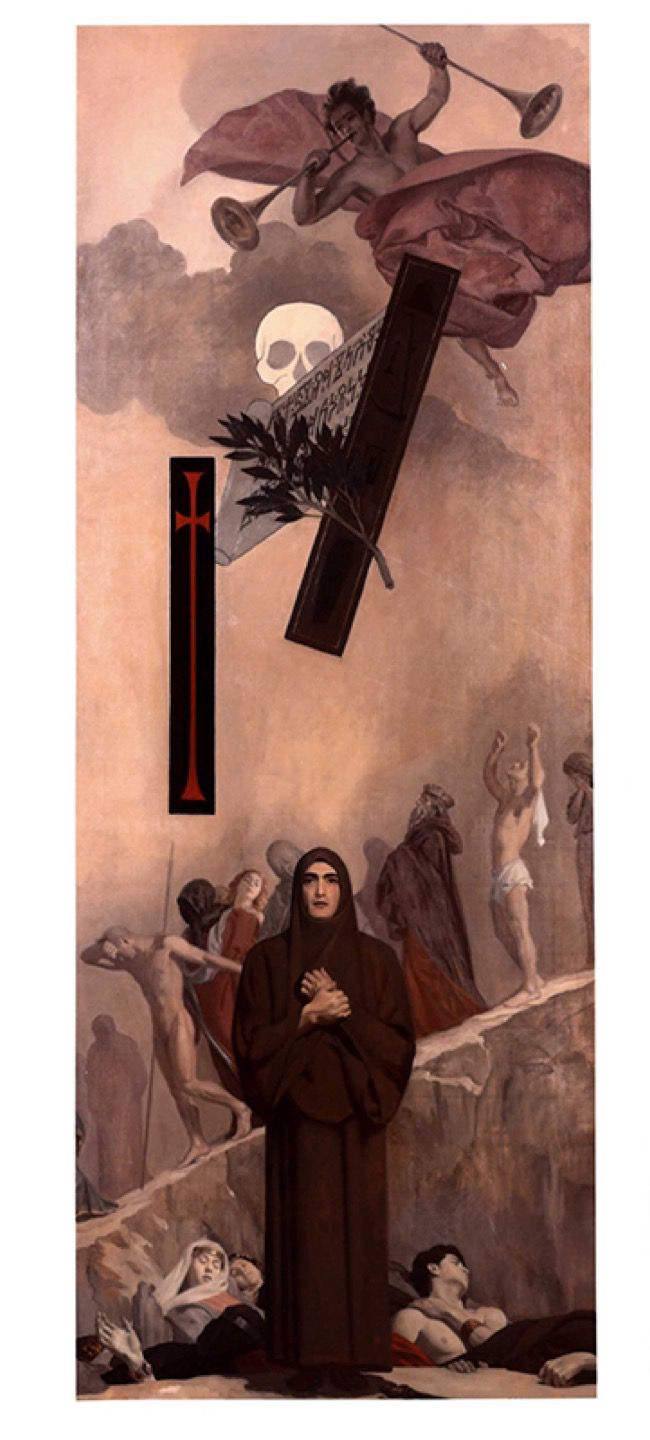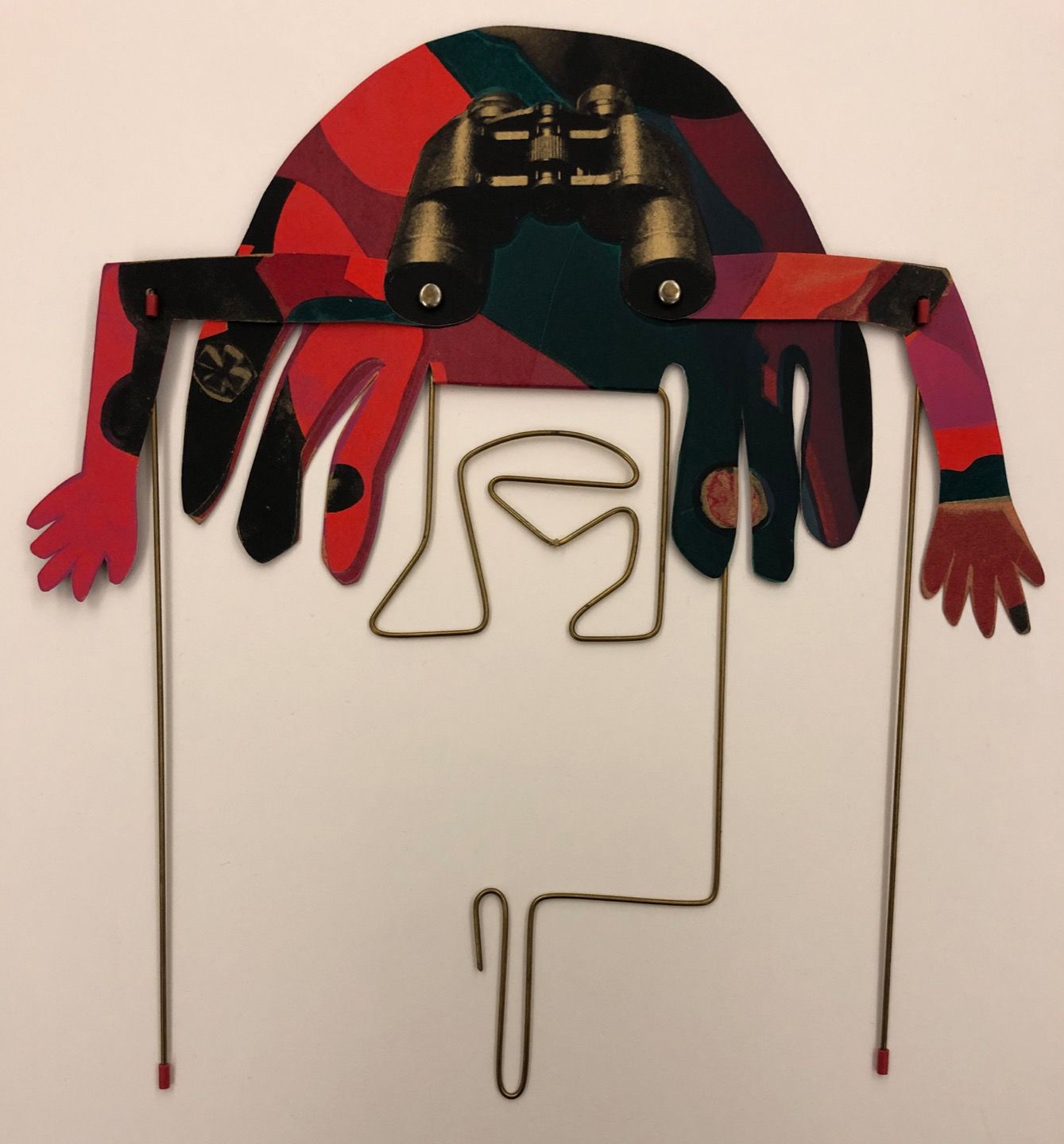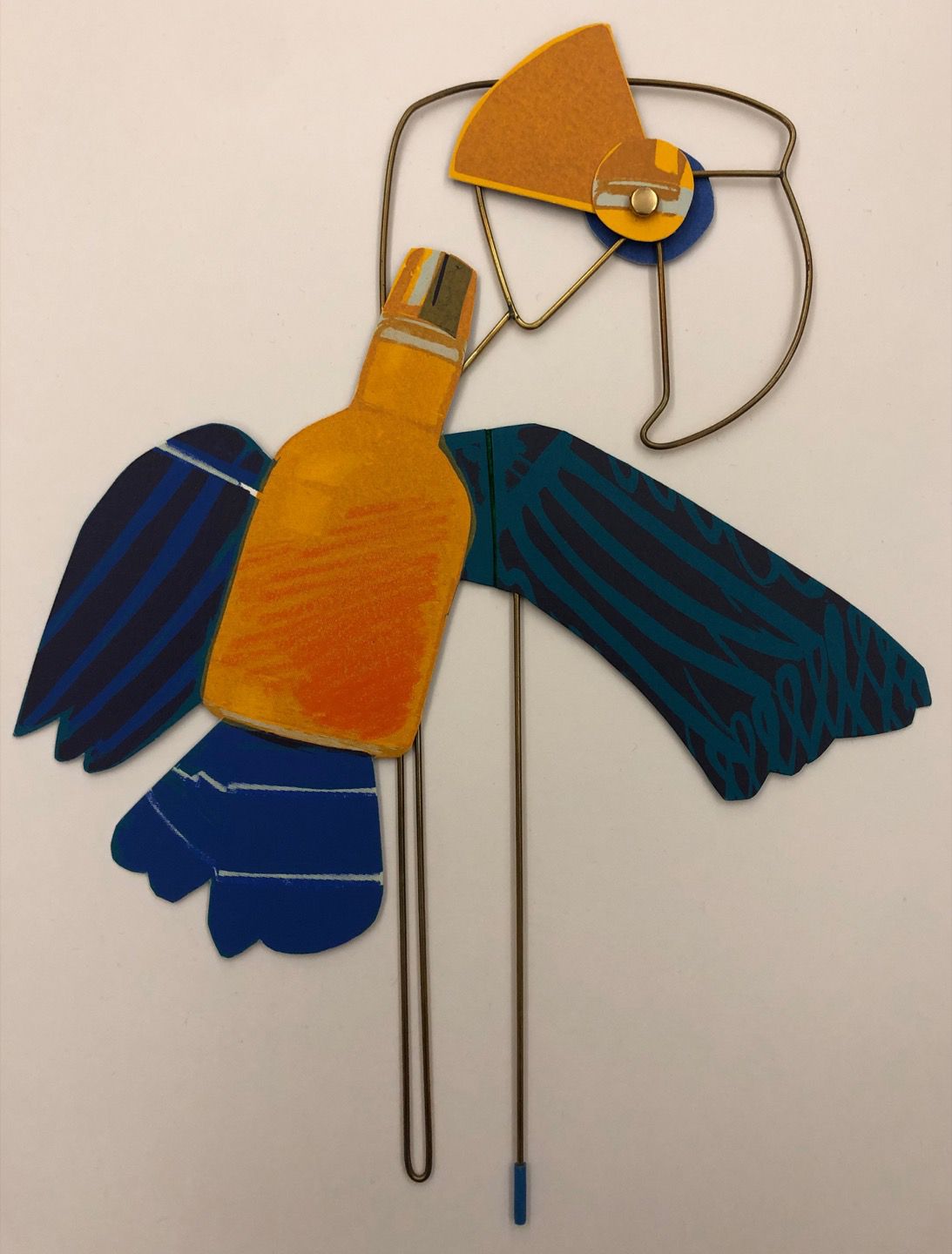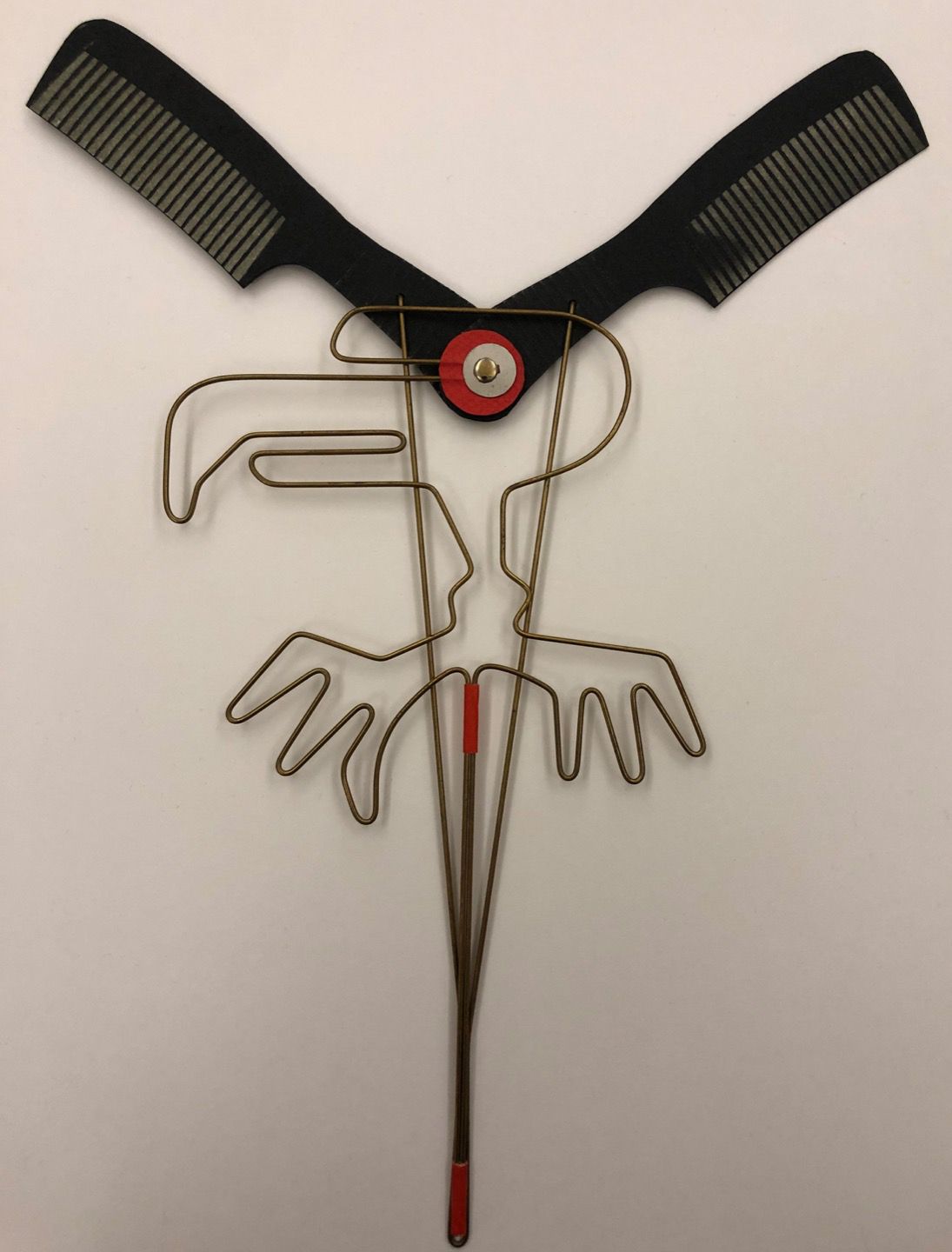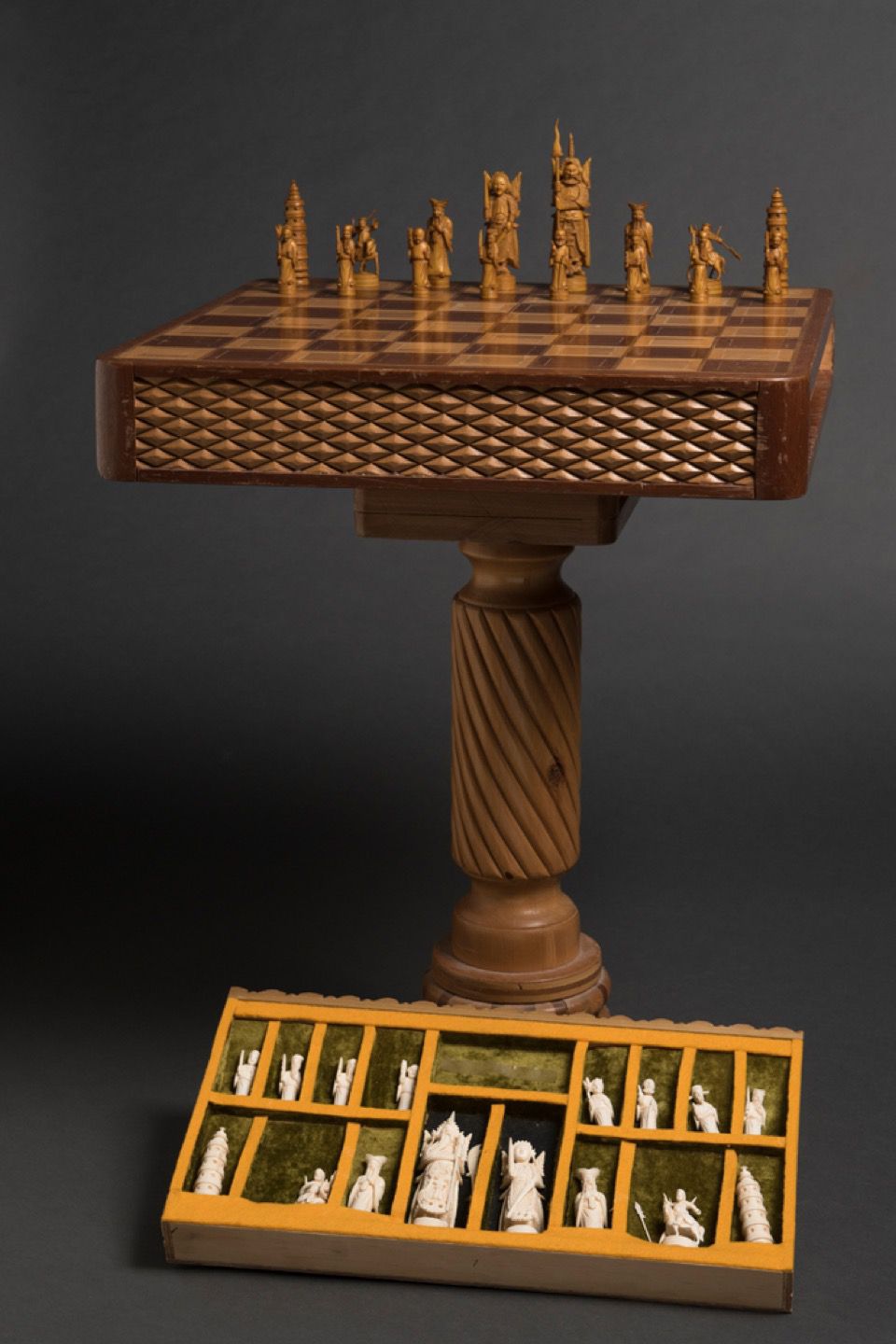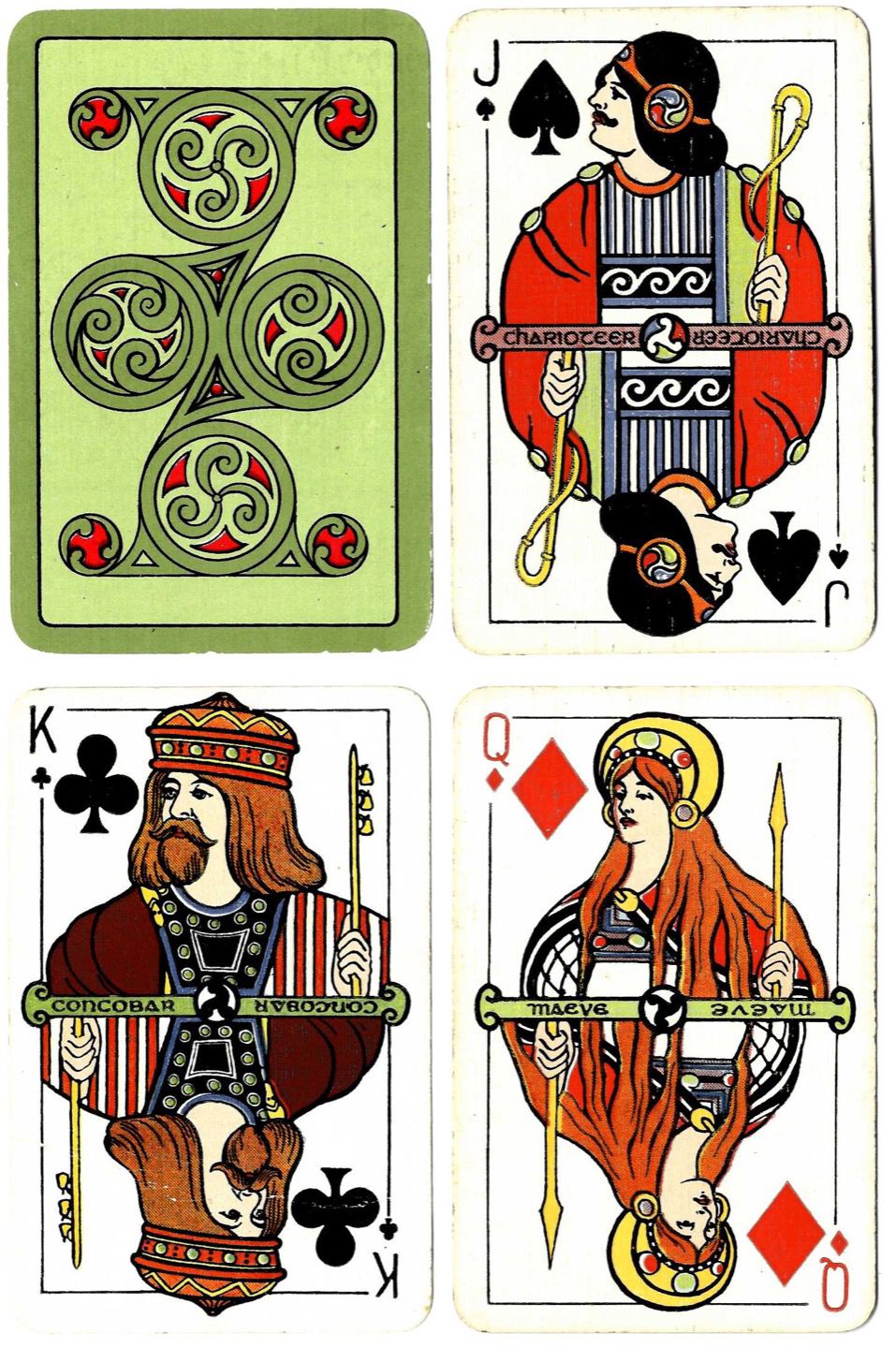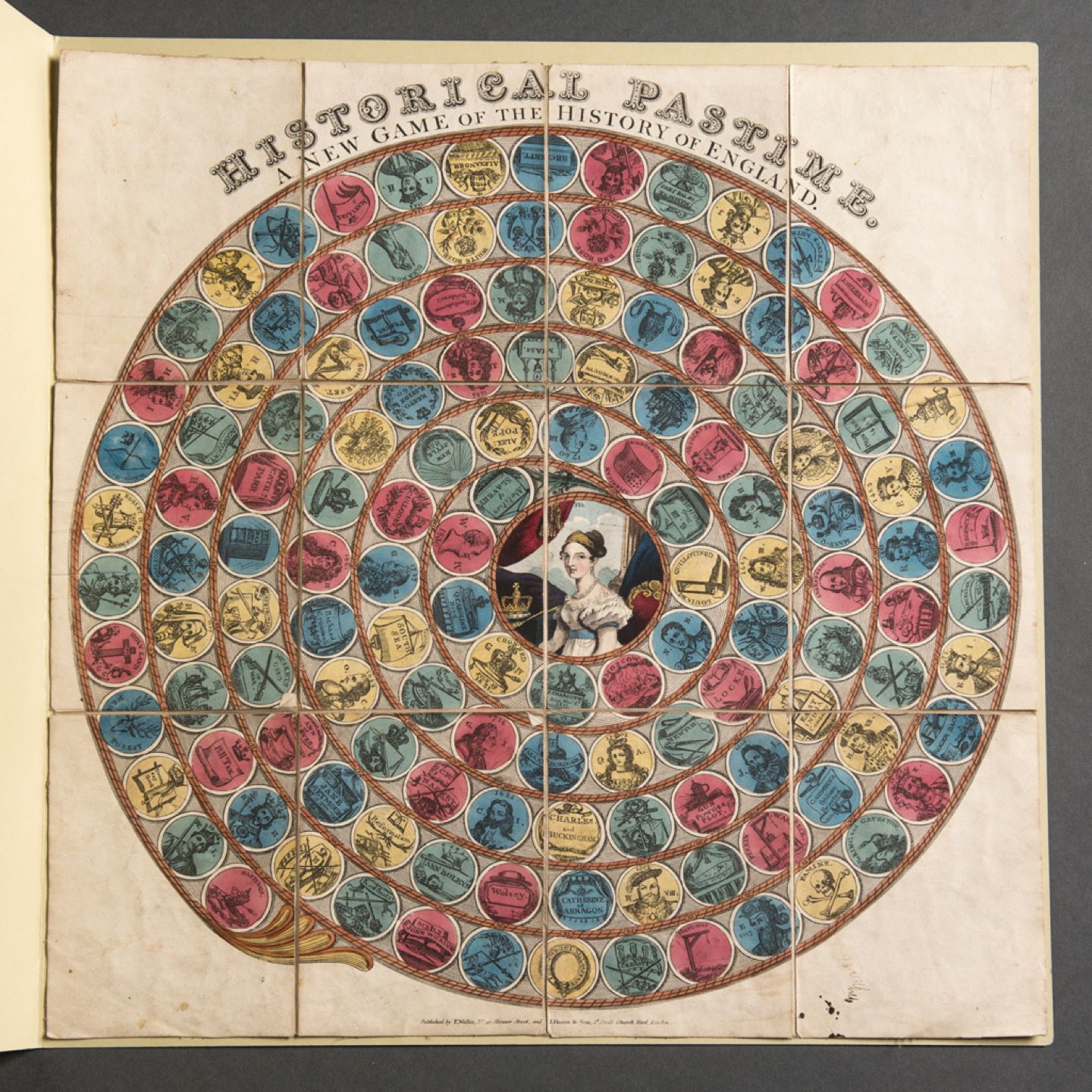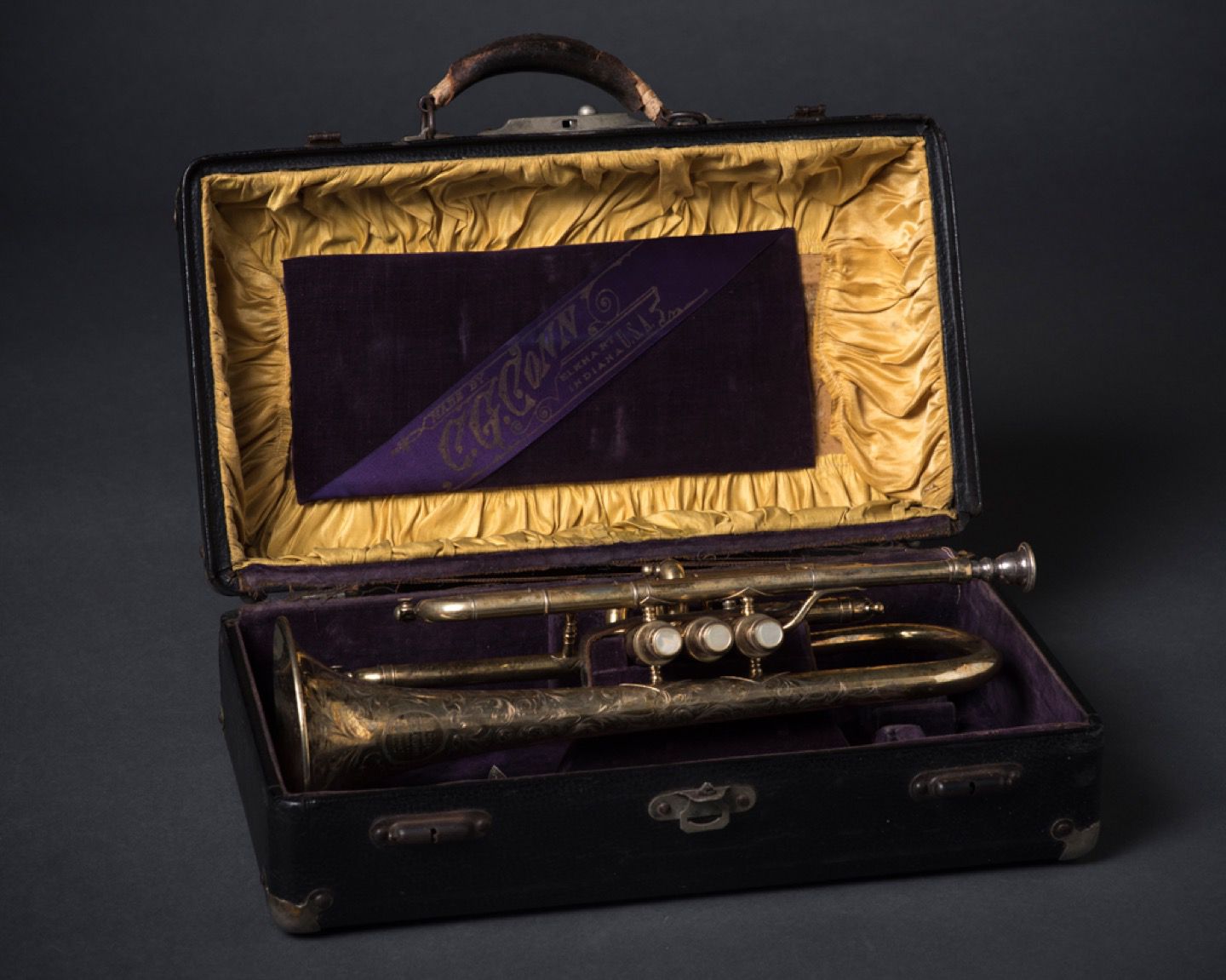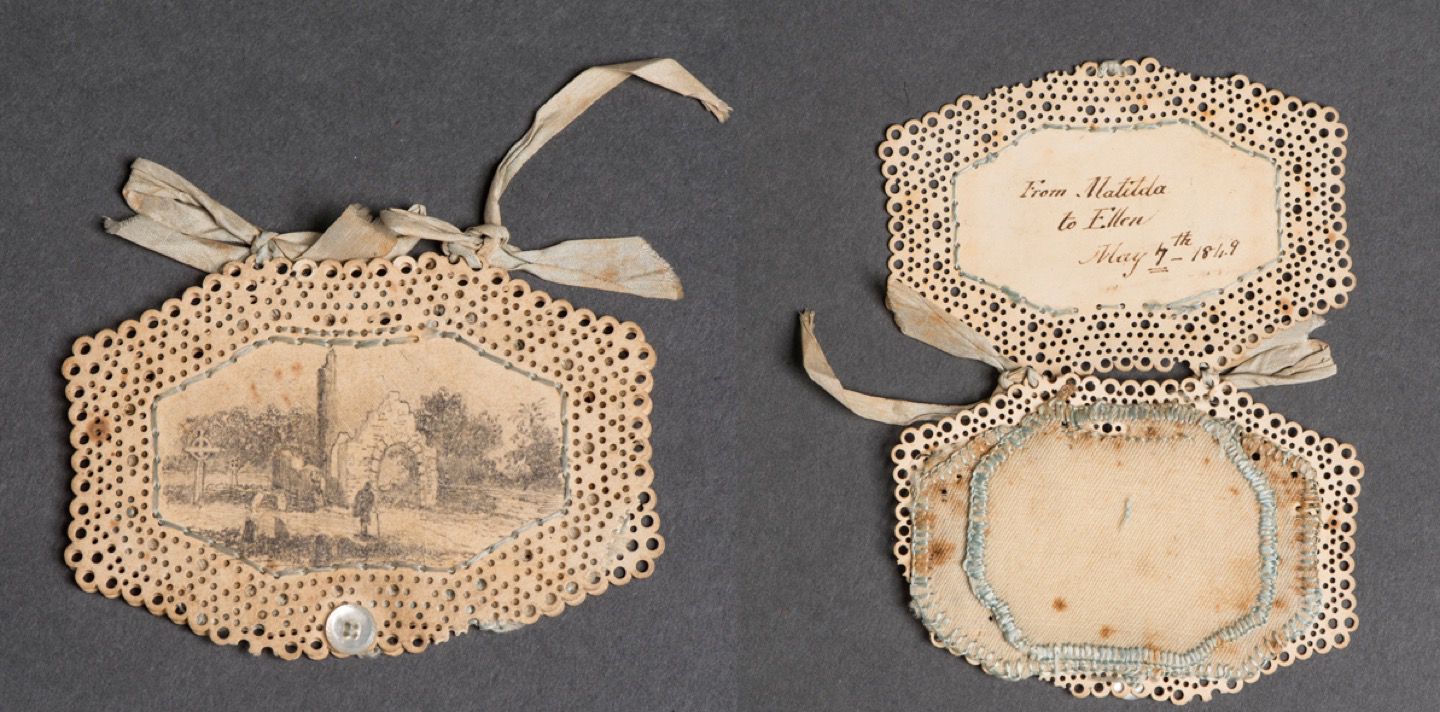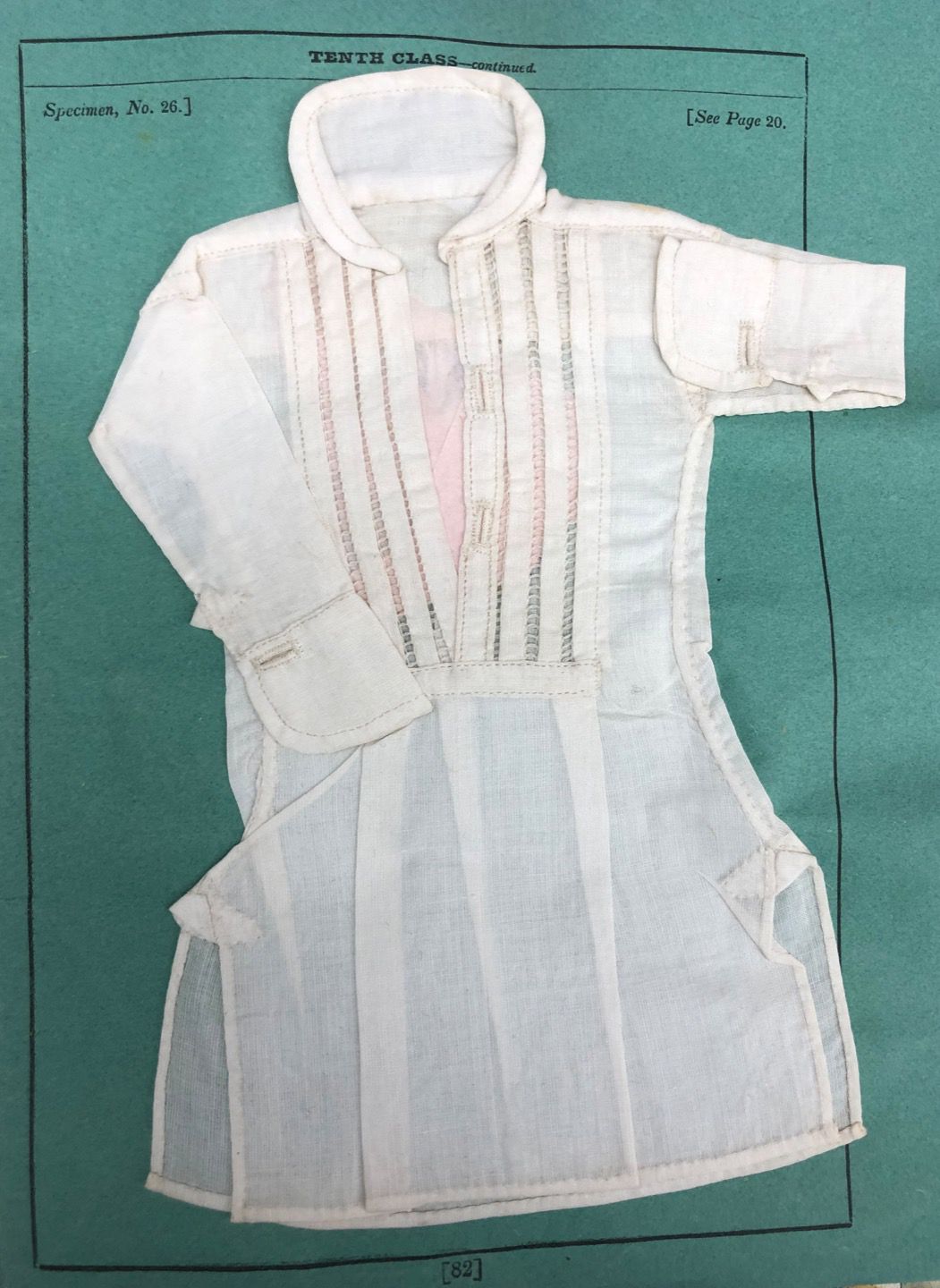Leisure Objects
How did people in the past spend their leisure time? Representative objects from Burns Library collections—a chess set, a board game, sketchbooks, and playing cards—can offer insight into the kinds of things people have used to relax throughout time. Some of these objects were gathered by a family over multiple generations, while others come from collections compiled by someone other than the creator, providing an opportunity to see the ways in which human life, and its attendant objects, are not always neatly compartmentalized in time and space. This category of objects often shows signs of wear, such as the worn edges of an often handled sketch, a testament to the enjoyment these things provided as well as a reminder of the ways materiality changes over time and in reaction to human intervention.
R. H. Ives Gammell, a student of the School of the Museum of Fine Arts in Boston, painted a sequence of 23 images drawn from Thompson’s most famous poem “The Hound of Heaven.” Influenced by Jungian imagery, the paintings are considered Gammell’s most significant work, and contrast with Thompson’s casual sketches displayed below.

The Hound of Heaven, R. H. Ives Gammell
Box 20, folder 17, Francis Thompson Collection, MS2006-023
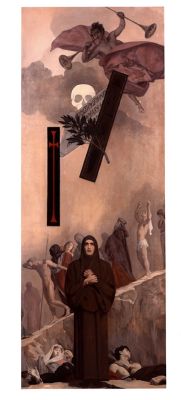
The Hound of Heaven, R. H. Ives Gammell
Box 20, folder 17, Francis Thompson Collection, MS2006-023
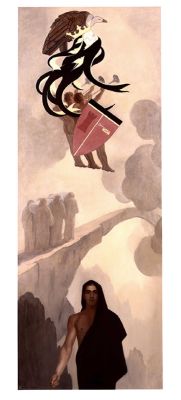
The Hound of Heaven, R. H. Ives Gammell
Box 20, folder 17, Francis Thompson Collection, MS2006-023
These sketches, almost doodles, by poet Francis Thompson show a lighter side to his life, perhaps a distraction from the work at hand. The pencil sketches of artist Kate Hopkins show more time and care; the corrected drawing emphasizes the mutability of drafts and the intimate relationship between artist and material.
Topsy-Turvy Sketch
Box 13, folder 15 Francis Thompson Collection, MS2006-023
Woman’s Face
Box 13, folder 15 Francis Thompson Collection, MS2006-023
Kate Hopkins Sketches
Box 6, folder 6 Hopkins Family Papers, MS1991-023
Anansi (the spider trickster), Parrot, and Chicken Hawk are three characters that appear in various tales with roots in both African and Caribbean storytelling traditions. These puppets, from an artist’s book that turns various characters into paper-and-wire figures, occupy the hands of the people who manipulate them, helping to amuse and pass the time.
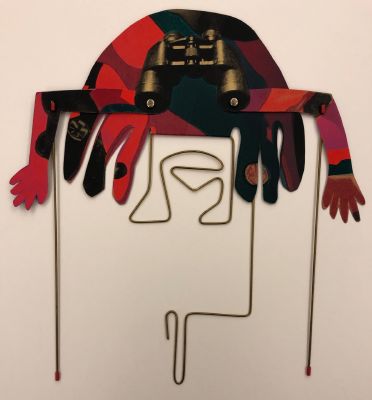
Anansi
King, Anansi Stories, N7433.4 .K48 A85 1992 FINE PRINT OVERSIZE

Parrot
King, Anansi Stories, N7433.4 .K48 A85 1992 FINE PRINT OVERSIZE
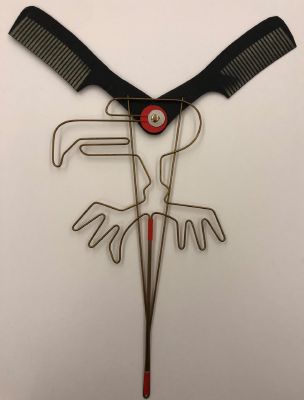
Chicken Hawk
King, Anansi Stories, N7433.4 .K48 A85 1992 FINE PRINT OVERSIZE
Games can mask educational purposes such as history, strategy, or math skills. The intricately carved chess pieces, or the Celtic revival motif playing cards, make them enjoyable to look at even when they are not in use. These objects may lack a clear history of play, but their inclusion in the archives provide them with a certain, if less playful, future.
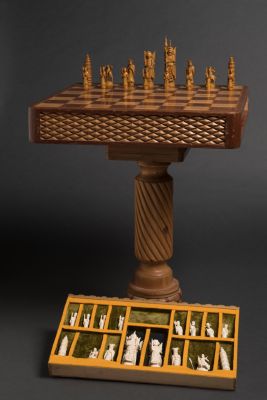
Chinese Chess Set
Chinese Chess Set (MS1992-014)
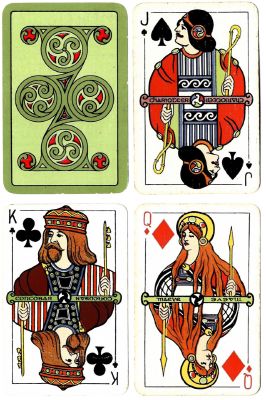
Playing Cards
Box 2, Eva McKee Art Works, MS2005-006

Historical pastime : a new game of the history of England from William 1st to William 4th.
Historical Pastimes, MS2001-058
This cornet is part of the Michael Cummings Collection of Patrick S. Gilmore Materials, though it cannot be verified whether the instrument belonged to Gilmore. The element of the unknown that exists within archives is part of the history of the objects and their possible futures as they pose questions about their own origins.
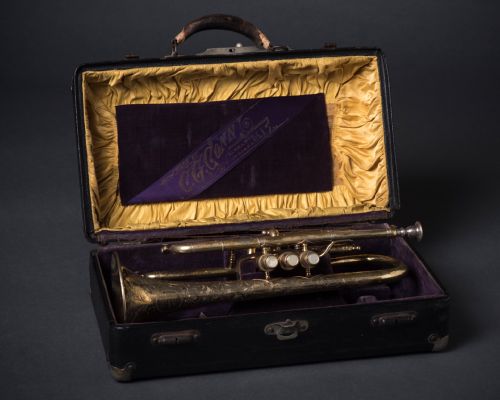
Cornet, Perfected Wonder, patented June 15 1886.
Box 10, Michael Cummings collection of P.S. Gilmore Materials, IM-M135-2004
Sewing filled women’s working and leisure hours in the 19th century. This needle case was exchanged via letter between friends in 1849, and shows signs of wear in the rusty needle holes. This sample book is an example of the ways in which girls were taught to sew, providing a sewing curriculum complete with samples of the work.
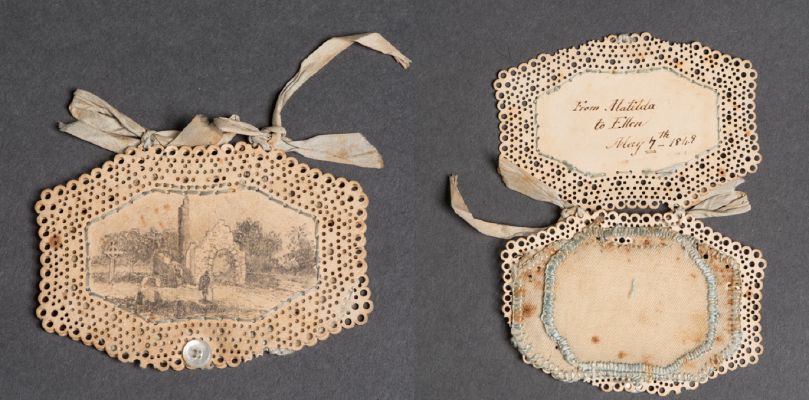
Needle Case
Box 1, folder 21, Dugan Collection of Doyle, Evans, and Persse Family Materials, MS2004-056
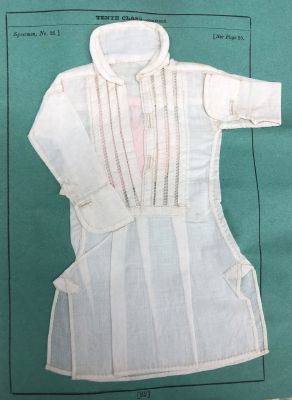
Sewing Sample
Commissioners of National Education in Ireland, Simple directions in needle-work and cutting out, TT710 .C66 1861 IRISH

